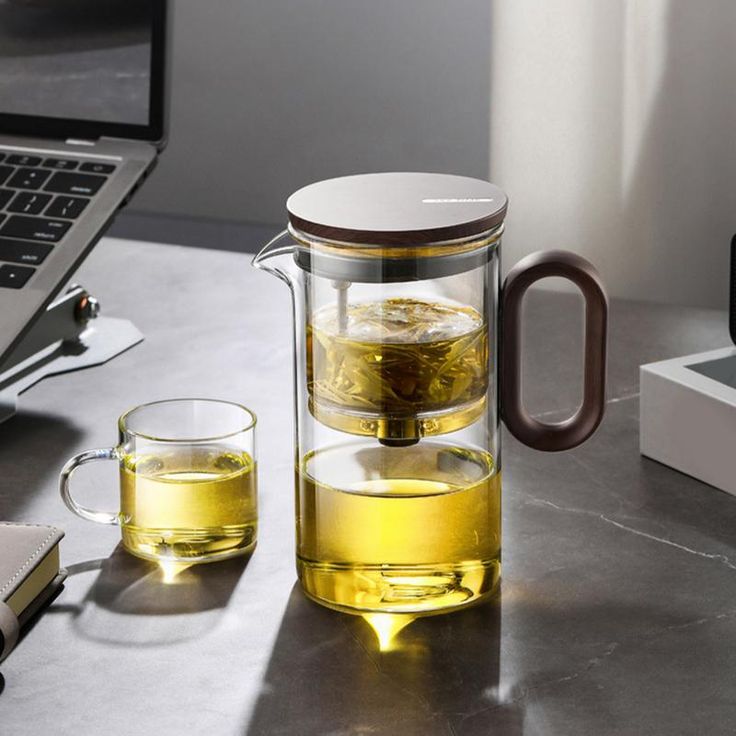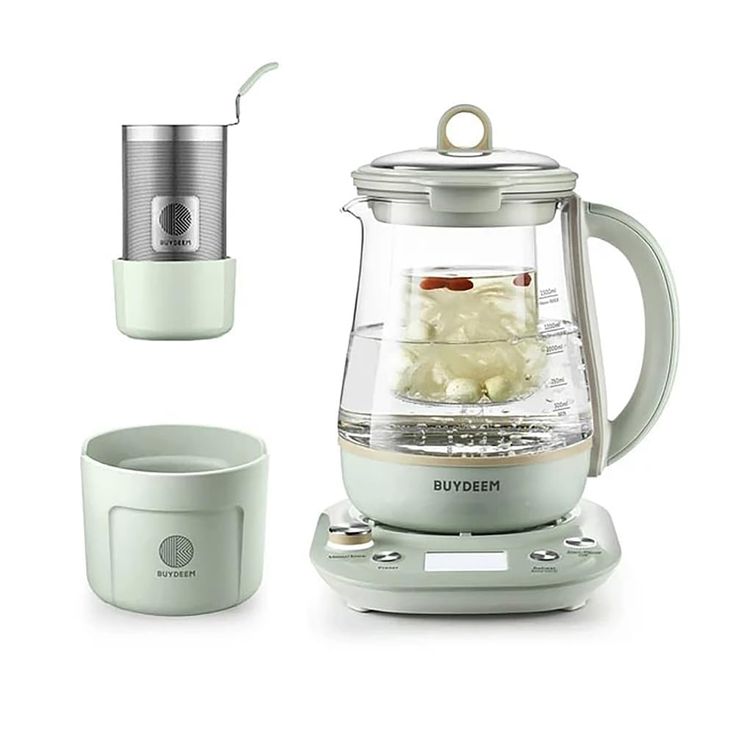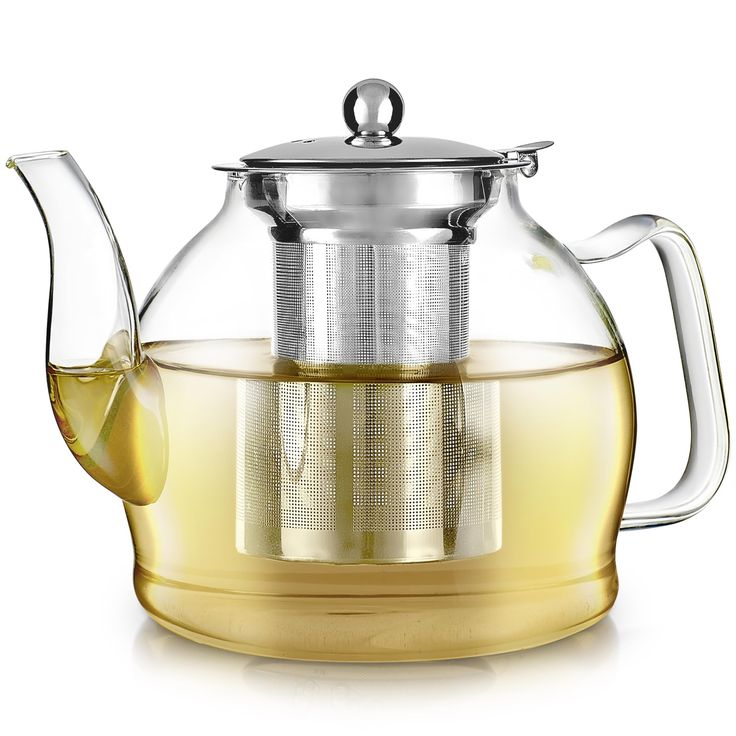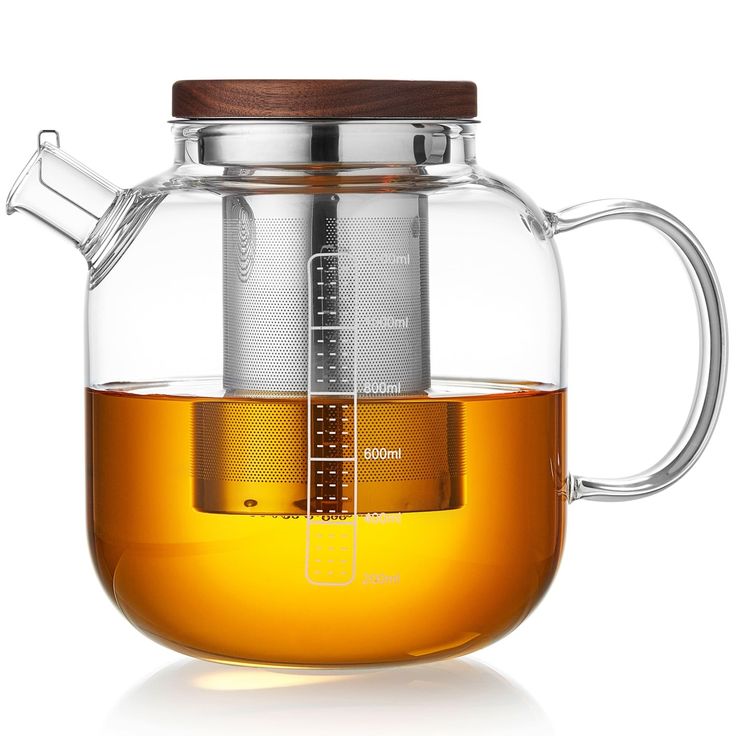The Basics of Steeping Tea
What Does Steeping Mean?
Steeping is the process of soaking tea leaves in hot water. This method extracts flavors and nutrients from the leaves. It transforms dry leaves into a flavorful beverage that many people love. Understanding how to steep tea properly is essential for getting the best taste. Every type of tea requires specific steeping conditions to unlock its full flavor profile. By steeping correctly, you ensure that you enjoy tea at its peak potential.
Why Steeping Time Matters
Steeping time plays a vital role in tea preparation. It affects the flavor, strength, and bitterness. Oversteeping makes tea overly strong and sometimes bitter. Understeeping leads to a weaker taste and missed nutrients. Green tea, for example, steeps quickly, while black tea needs more time. Understanding the right steeping time for each tea type is essential for a perfect cup.

Choosing the Right Tea for Steeping
Types of Tea and Their Characteristics
Each tea type has unique flavors and benefits. Green tea has a light, grassy taste and is rich in antioxidants. Black tea is robust, with a deeper flavor and higher caffeine content. Oolong tea combines qualities of green and black tea, offering a balanced taste. White tea is delicate and subtly sweet, with the least processing. Herbal teas are caffeine-free and feature various flavors, from fruity to spicy. Knowing tea types helps you choose one to match your preference and health goals.
Loose Leaf vs. Tea Bags
Loose-leaf teas offer superior flavor and quality. They contain larger leaves, which release richer flavors when steeped. Tea bags are convenient and mess-free, but often contain smaller leaves or tea dust. This can lead to a less full-bodied taste. Loose-leaf tea allows better control of portion and brewing strength, while tea bags are ideal for quick preparation. Choose loose-leaf for a premium experience or tea bags for convenience.
Essential Tools for Steeping Tea
The right tools can make how to steep tea much easier and more enjoyable. Using quality tools ensures that you extract the best flavor and aroma from your leaves. Choosing the right equipment depends on your tea type, preparation style, and personal preference. From teapots to infusers, the right gear enhances your tea steeping experience and elevates each cup you brew.
Teapots, Infusers, and Kettles
- Teapots: Teapots are traditional and versatile. They come in various materials like porcelain, glass, and cast iron. Porcelain teapots retain heat well and are ideal for black tea. Glass teapots let you see the steeping process and work well with flowering teas. Cast iron teapots are durable and fit for brewing strong teas.
- Infusers: Infusers hold tea leaves and keep them separate from the water. Options include mesh balls, baskets, and infuser mugs. Mesh balls are compact and great for individual servings. Basket infusers give leaves room to expand, enhancing flavor. Infuser mugs combine convenience and quality in one tool.
- Kettles: Choosing the right kettle ensures precise water heating. Electric kettles offer fast heating with adjustable temperature controls. Stovetop kettles take longer but add a classic touch to tea preparation. For teas like green and white, using a kettle with temperature settings is vital to avoid overheating.
Finding the Right Water Temperature
Water temperature is a crucial factor in steeping tea properly. Different teas require specific temperatures.
- Green tea: needs lower temperatures, around 160–180°F (70–80°C). High heat makes it bitter.
- Black tea: should be steeped at higher temperatures, about 200–212°F (95–100°C).
- White tea: demands gentle heat, around 170–185°F (75–85°C) to preserve its delicate taste.
- Oolong tea: requires a balanced heat, around 185–205°F (85–95°C).
- Herbal tea: enjoys versatility, with 200–212°F (95–100°C) for full flavor extraction.
Using a thermometer or temperature-controlled kettle ensures accuracy. Correct water temperature prevents bitterness and helps release the best flavors of your tea leaves.

Step-by-Step Guide to Steeping Tea
Preparing Your Tea Leaves
Proper preparation of tea leaves ensures a better steeping experience. Start by choosing your preferred tea type. Measure the right amount, usually one teaspoon per cup. For stronger tea, you can add a bit more. Rinse the leaves with warm water to awaken their flavors. This step is especially helpful for green, oolong, or pu-erh teas. Place your prepared leaves in an infuser or teapot, ready for steeping.
Setting the Perfect Steep Time
Steeping time is crucial for flavor and aroma. Green tea requires 1-3 minutes to steep. Black tea benefits from 3-5 minutes. White tea needs 4-5 minutes for a delicate taste. Oolong tea ranges from 3-5 minutes, depending on its strength. Herbal teas usually steep for 5-7 minutes to extract their full flavor. Use a timer to avoid oversteeping, as this can lead to bitterness. Always check the tea packaging for specific recommendations.
Stirring and Serving Tips
Stirring gently during steeping helps release the flavors evenly. Use a wooden or plastic spoon to avoid affecting the taste. Once steeping is complete, remove the tea leaves or infuser. Serve your tea immediately while it’s fresh and aromatic. For added flavor, consider honey, lemon, or milk based on your preference. Use a fine sieve when pouring loose-leaf tea to catch stray leaves. Serve in a warmed cup to maintain the perfect temperature longer.
Common Steeping Mistakes and How to Avoid Them
Mastering the art of tea steeping involves avoiding common mistakes. Proper steeping ensures optimal taste and health benefits.
Oversteeping vs. Understeeping
Oversteeping tea makes it too strong and bitter. This happens when tea leaves stay in water too long. Bitter flavors overpower natural aromas, spoiling your tea experience. To avoid this, use a timer and follow recommended steeping times. For example, green tea needs 1-3 minutes, while black tea should steep for 3-5 minutes.
Understeeping leads to weak flavor and missed nutrients. It occurs when tea is removed too soon. The tea tastes flat and lacks its full complexity. To prevent this, ensure you steep long enough to unlock the tea’s potential. Check packaging instructions for precise timing, or experiment to suit personal taste.
Using Improper Water Temperature
Incorrect water temperature can ruin tea’s flavor and nutrition. Water too hot burns delicate leaves, creating bitterness. Green tea requires 160-180°F, while white tea needs 170-185°F. Use a thermometer or temperature-controlled kettle for accuracy.
Cold water limits flavor extraction, making the tea weak. Black tea thrives at 200-212°F, and oolong should steep at 185-205°F. Herbal teas are versatile and perform well at 200-212°F.
Adjust water temperature based on tea type. Following these tips ensures a perfect cup every time.

Enhancing Your Steeping Experience
Enhancing your tea steeping process can make the experience even more enjoyable. Understanding how to steep tea allows you to explore various customization options. Small additions or tweaks, such as adding herbs or spices, can elevate your tea’s flavor significantly. Let’s explore creative ways to make your tea steeping moments delightful and unique, ensuring each cup reflects your personal taste and preferences.
Adding Flavors: Honey, Lemon, or Milk
Easily customize your tea by adding simple ingredients. These can transform your drink’s taste and texture:
- Honey: Add natural sweetness to your tea with honey. It pairs well with herbal and black teas. Honey also boosts the health benefits of your beverage, offering antibacterial and soothing properties.
- Lemon: A slice of lemon adds a tangy flavor. It complements green and black teas perfectly. Lemon enhances tea’s antioxidant properties and brings a refreshing twist to your drink.
- Milk: Creamy milk enriches the texture of your tea. It’s ideal for black tea, especially blends like chai. Use dairy or plant-based milk, depending on your preference for a fuller flavor.
Feel free to experiment with these ingredients in moderation. Adding them after steeping ensures they won’t alter the brewing process.
Seasonal Tea Steeping Tips
Adapt your tea steeping habits to match the mood of each season. Seasonal tweaks can make tea more enjoyable:
- Spring: Embrace floral teas like jasmine or chamomile. Add a hint of honey for a warming touch. Pair them with cooler water for a fresh, delicate taste.
- Summer: Opt for iced tea or cold brews. Fruity or herbal teas are refreshing. Serve with a splash of lemon or mint for extra zest.
- Autumn: Choose robust teas, like oolong or spiced black teas. Add cinnamon or nutmeg for cozy flavors.
- Winter: Go for stronger blends, like chai or dark herbal teas. Pair with milk and warm spices for a rich, comforting drink.
Customizing your tea steeping experience adds variety and enjoyment. Experiment with seasonal flavors to discover your favorites.

Benefits of a Perfectly Steeped Cup of Tea
A perfectly steeped cup of tea offers more than just great taste; it also provides numerous health benefits. Knowing how to steep tea correctly can enhance these advantages. Well-steeped tea can promote relaxation, boost hydration, and even provide antioxidants. Incorporating tea into your wellness practices makes it a valuable ritual that nurtures both body and mind.
Health Benefits of Various Teas
Each tea type supports health in unique ways:
- Green Tea: Packed with antioxidants, it helps reduce inflammation and boosts metabolism. It’s also known to support heart health and improve brain function.
- Black Tea: High in caffeine, it enhances energy and concentration. Its polyphenols promote gut health and support immunity.
- Oolong Tea: Combines green and black tea benefits. It aids digestion, weight management, and helps control cholesterol levels.
- White Tea: Contains the least processing, offering a delicate flavor. It provides anti-aging benefits and supports skin health.
- Herbal Teas: Often caffeine-free, these are ideal for relaxation. Chamomile soothes stress, while ginger aids digestion and combats nausea.
Regular tea consumption can enhance overall well-being. Pick teas that match your health goals for maximum benefits.
Relaxation and Mental Wellness Through Tea
Tea serves as a comforting ritual for relaxation and mental clarity:
- Stress Reduction: Teas like chamomile and lavender help calm the mind. They create a peaceful moment during your day.
- Better Sleep: Herbal teas with calming properties, such as valerian root or peppermint, improve sleep quality.
- Mindfulness Practices: Steeping tea can be an act of meditation. Focusing on the process and aromas calms the mind.
- Mood Elevation: Teas like matcha boost energy and mood. The amino acid L-theanine helps foster relaxation while maintaining focus.
Steeping tea with attention and care enhances the mental wellness benefits. Include tea moments in your daily routine for a positive impact on your mind and body.

Exploring Cultural Rituals Around Tea and Steeping
Tea is more than just a beverage; it embodies tradition, connection, and hospitality across cultures. Understanding how to steep tea goes beyond the basic technique; it reveals the rich rituals associated with tea preparation. By exploring these rituals, you uncover the artistry and meaning behind steeping. They emphasize the importance of mindfulness, respect, and celebration in every cup prepared and shared.
Traditional Methods from Different Cultures
Different countries have unique traditions for preparing and enjoying tea. Here are a few iconic methods:
- Chinese Gong Fu Cha: This traditional approach focuses on precision and mindfulness. Multiple infusions are common, using oolong or pu-erh teas. Specialized teaware, like Yixing clay teapots and gaiwans, enhances the tea’s aroma and taste.
- Japanese Matcha Ceremony: Known as “Chanoyu,” it’s a meticulous practice emphasizing harmony and respect. Whisked matcha forms the centerpiece, with every movement performed gracefully. Guests appreciate both the tea’s flavor and the ceremony’s beauty.
- Moroccan Mint Tea: In Moroccan culture, green tea with mint is a symbol of hospitality. The tea is poured from a height into small glasses to create foam. Sweetened generously, it balances the tea’s strong flavor.
- British Afternoon Tea: A cherished tradition combining black tea with snacks like scones, sandwiches, and pastries. Steeping loose-leaf black tea in porcelain teapots ensures a robust, satisfying flavor.
- Indian Chai Preparation: Chai blends black tea with aromatic spices like cardamom, cinnamon, and cloves. It’s simmered with milk and sugar, creating a rich, spiced drink cherished across India.
These time-honored practices showcase tea’s versatility and deep cultural significance.
The Art of Tea Ceremonies
Tea ceremonies elevate tea drinking into a meaningful ritual. They teach patience, mindfulness, and appreciation:
- Zen Philosophy in Tea: Japanese tea ceremonies embody simplicity and tranquility. Every element, from the tea bowl to the surroundings, connects guests to nature.
- Chinese Tea Art: In China, tea ceremonies reflect harmony and balance. The process values technique and the enjoyment of tea’s fragrance and taste.
- Korean Darye: Korean tea ceremonies are quiet and modest, encouraging conversation and reflection among participants. They often use green tea in hand-crafted ceramic teaware.
- Tibetan Butter Tea: In Tibet, this unique tea mixes black tea leaves with yak butter and salt. It symbolizes warmth and resilience.
Engaging in tea ceremonies fosters a deeper connection between individuals, culture, and the drink itself. Whether you’re sipping chai or participating in a Gong Fu Cha session, these traditions enrich your steeping journey.